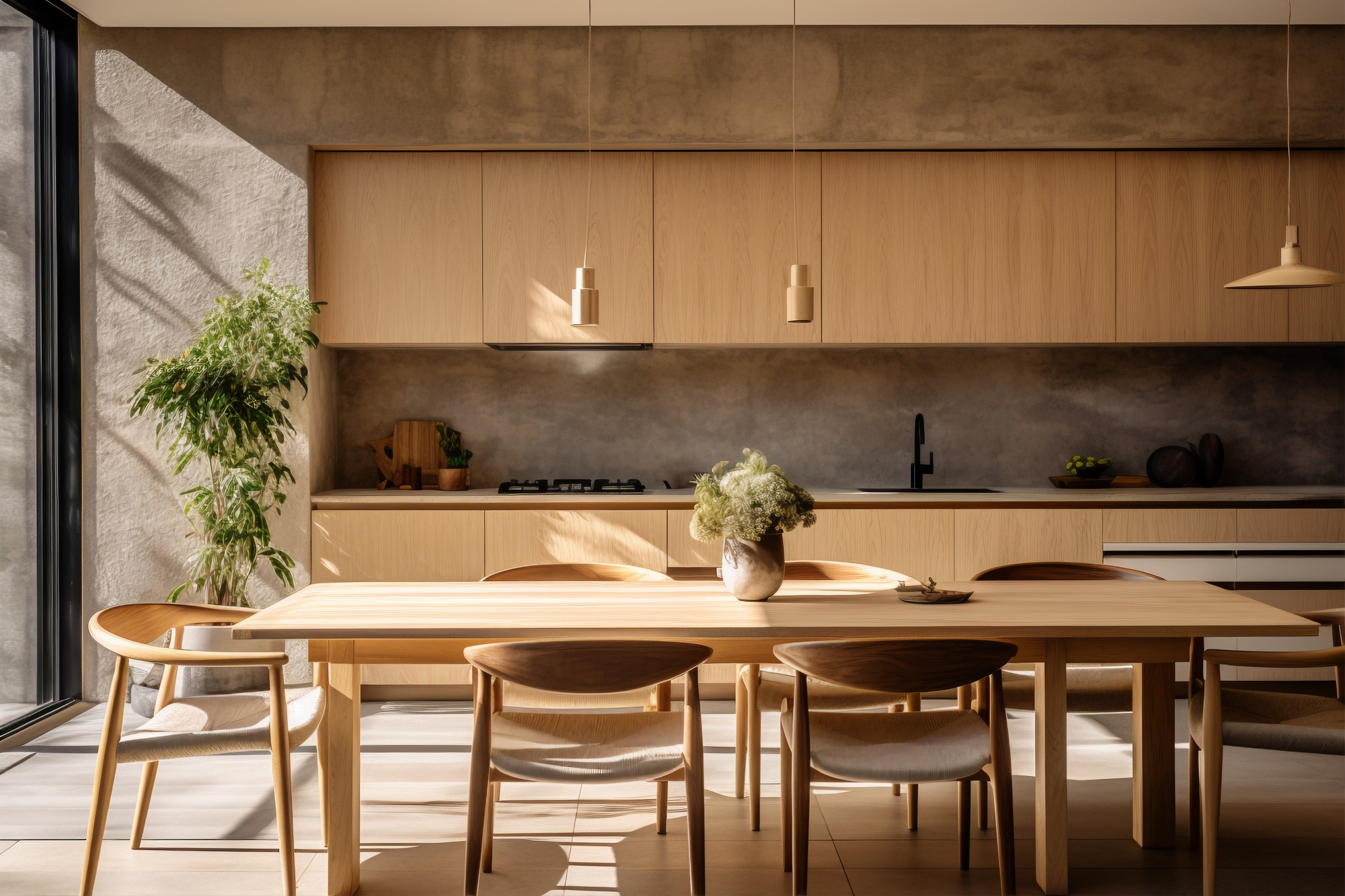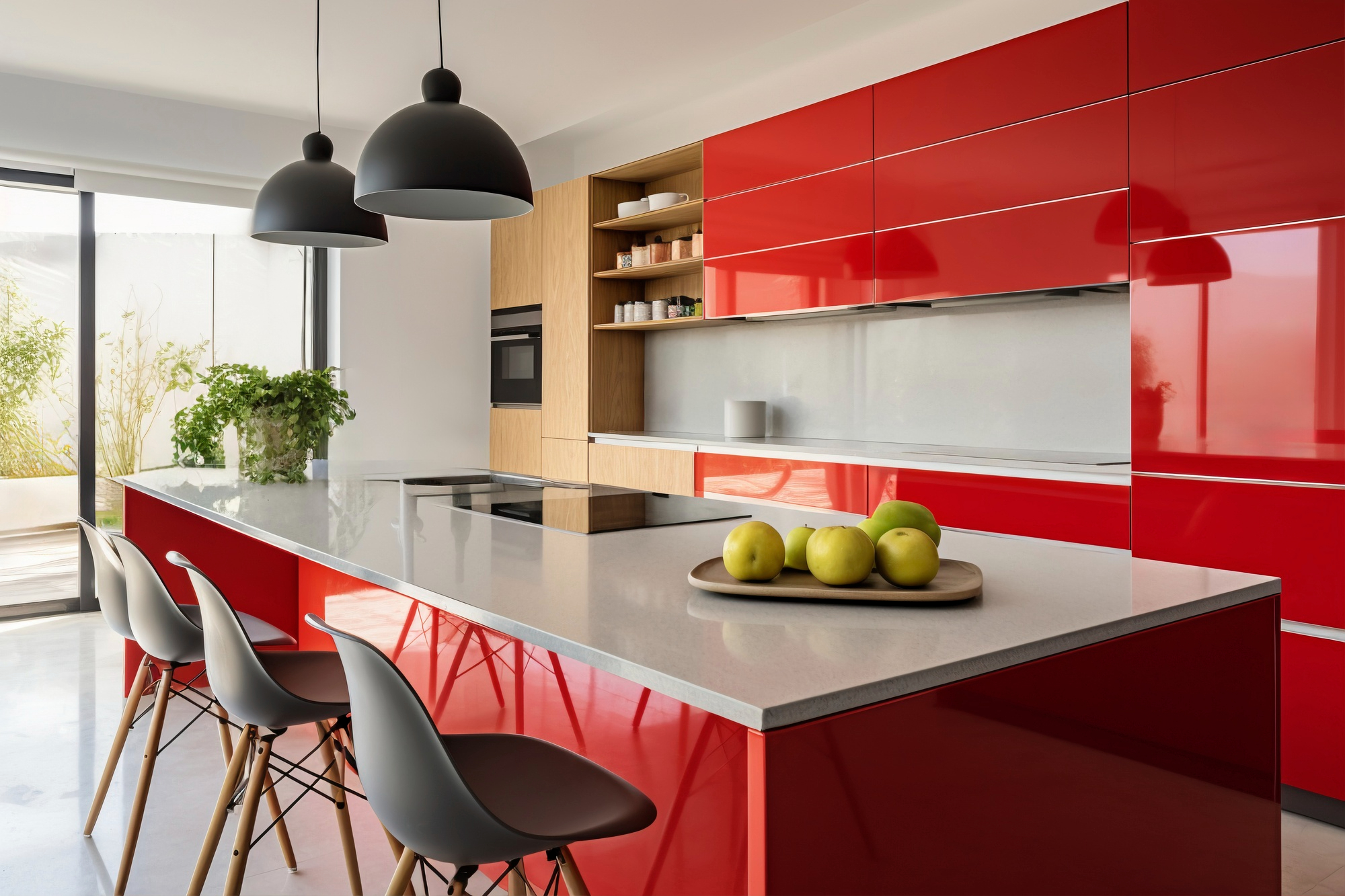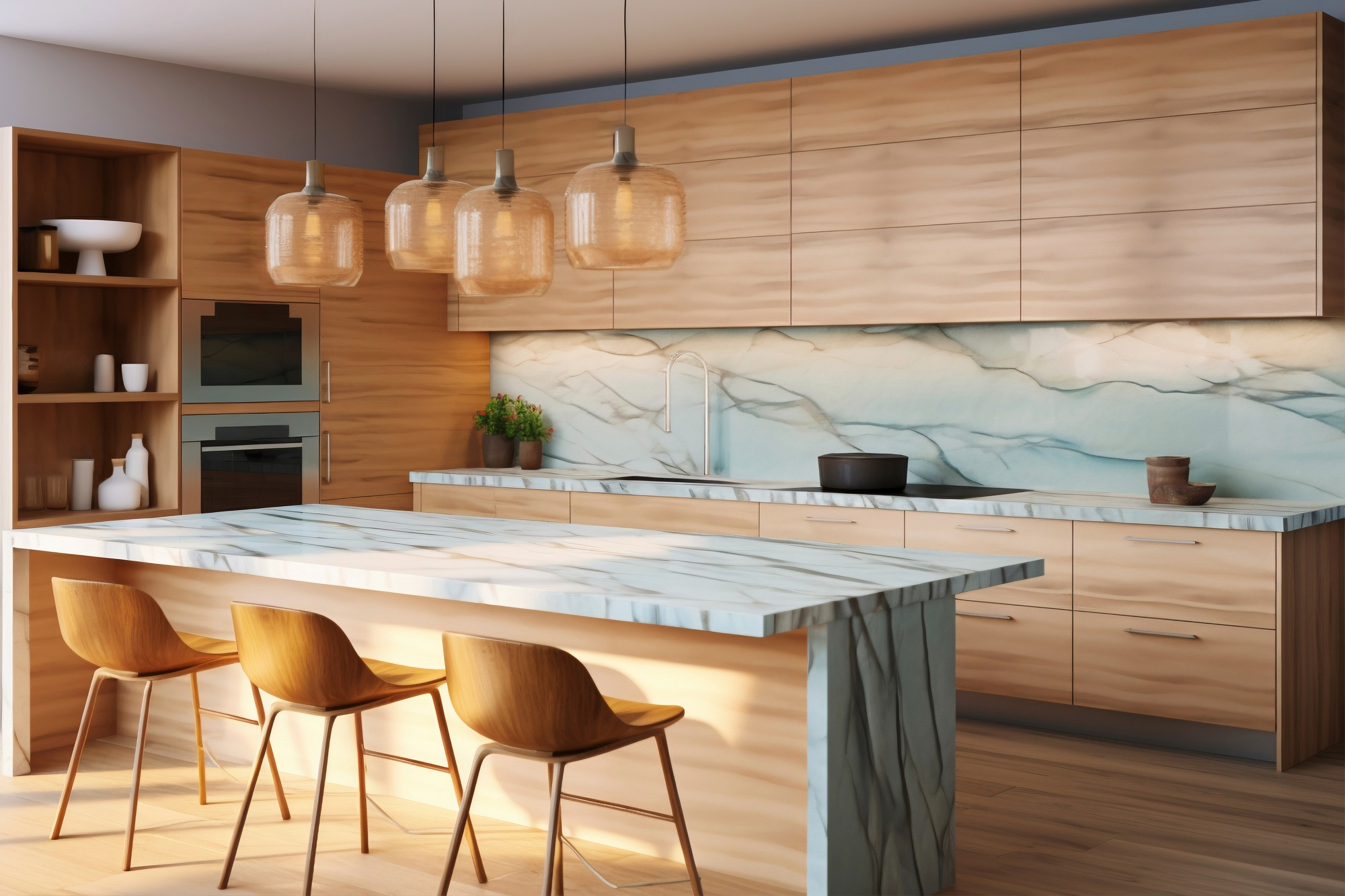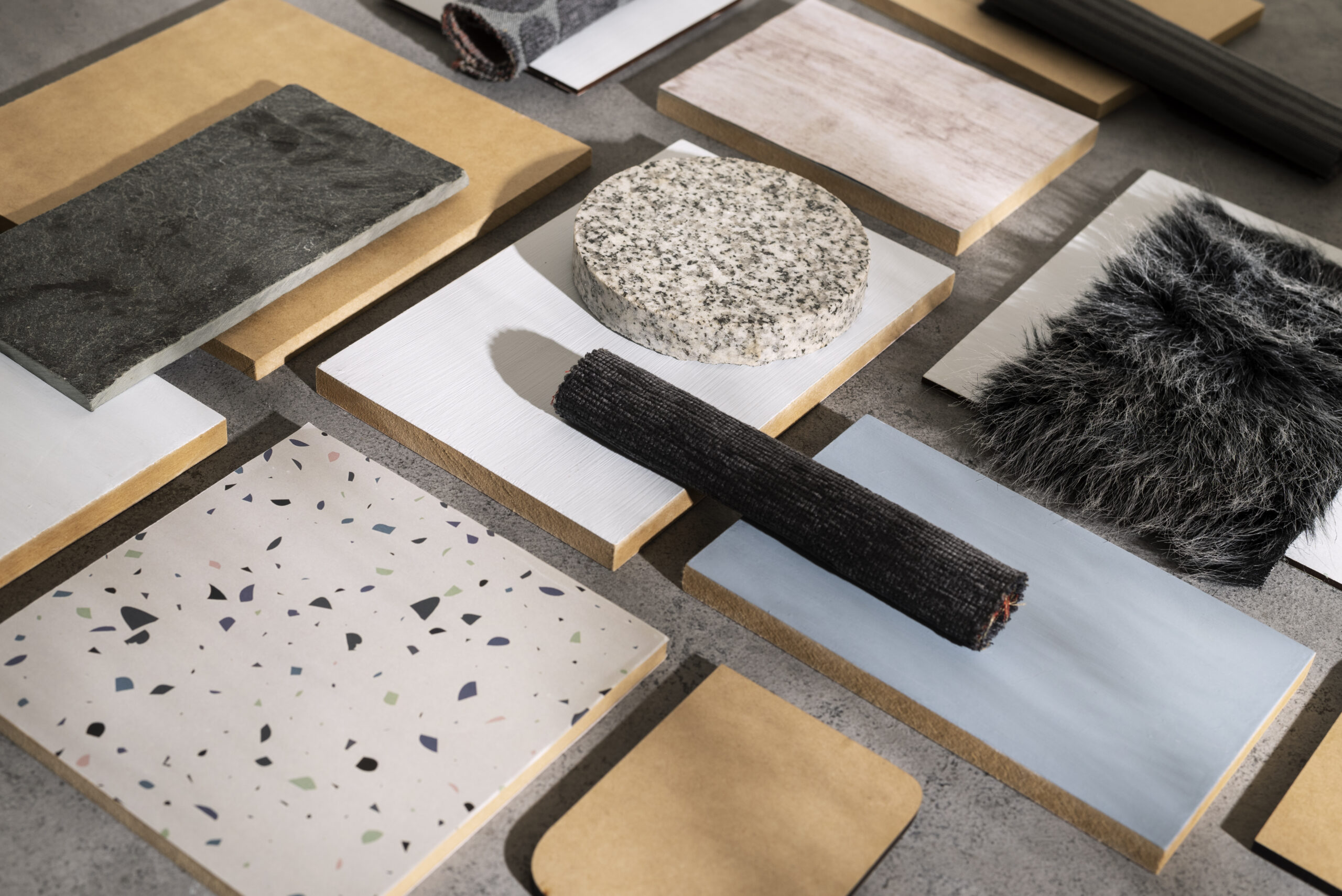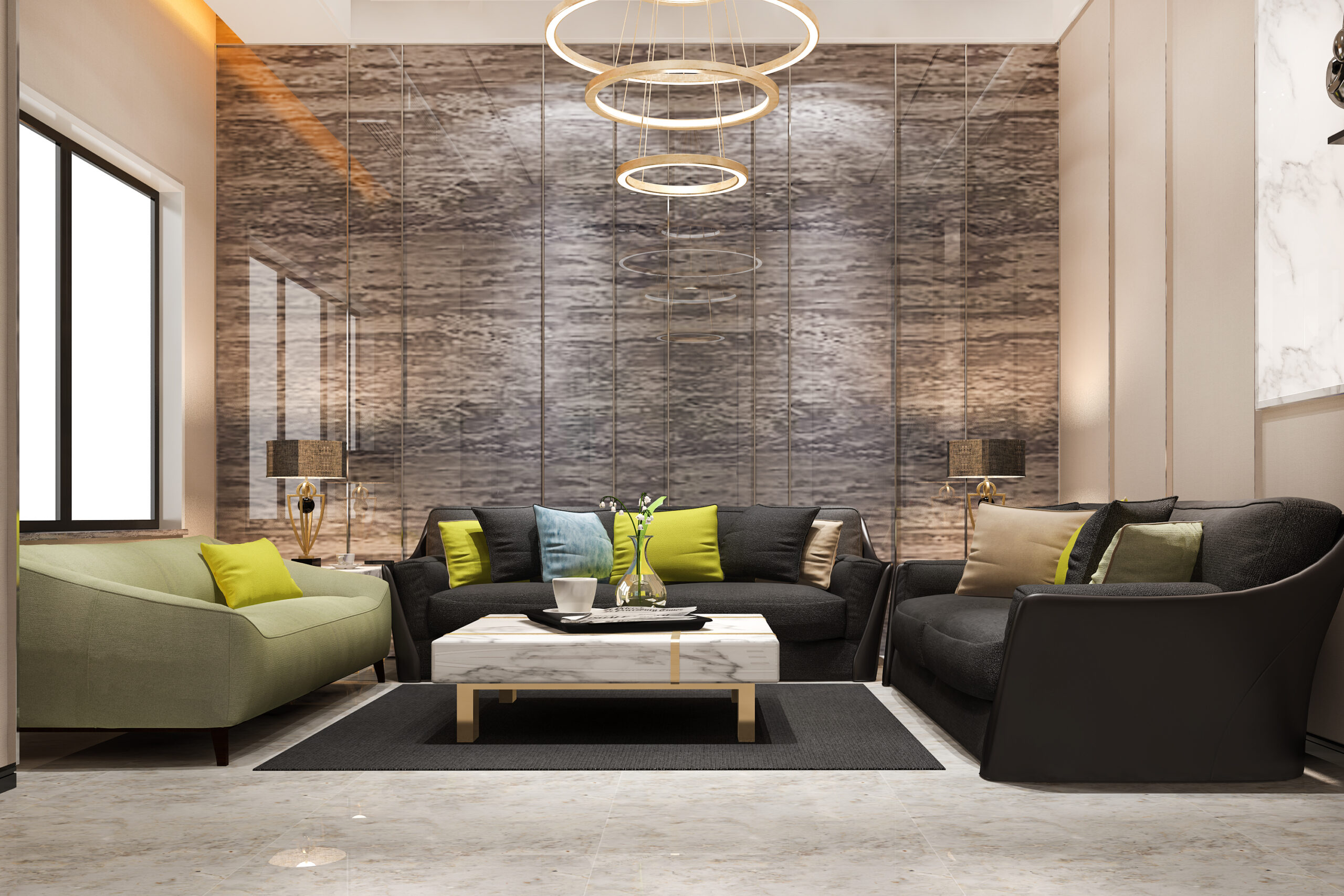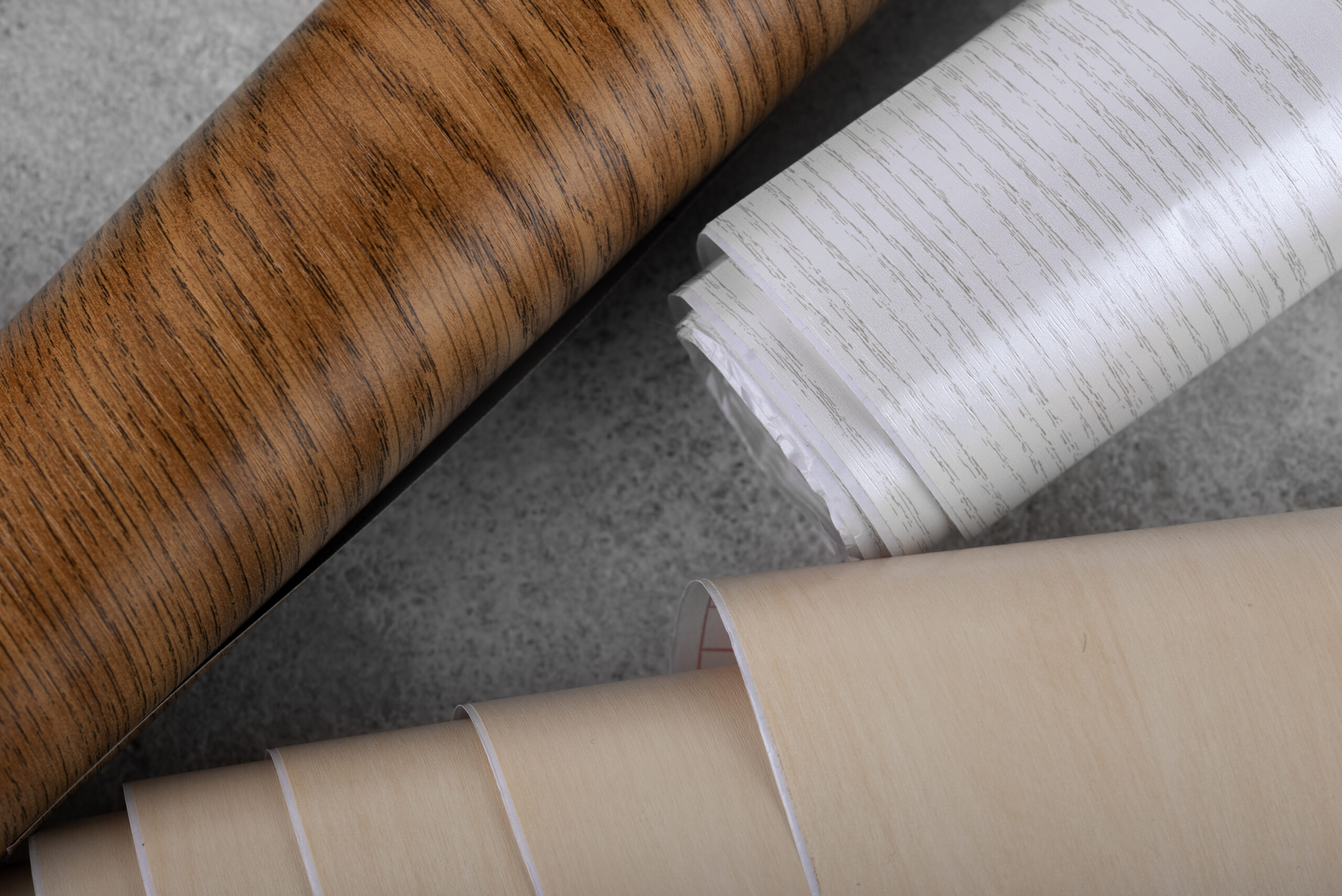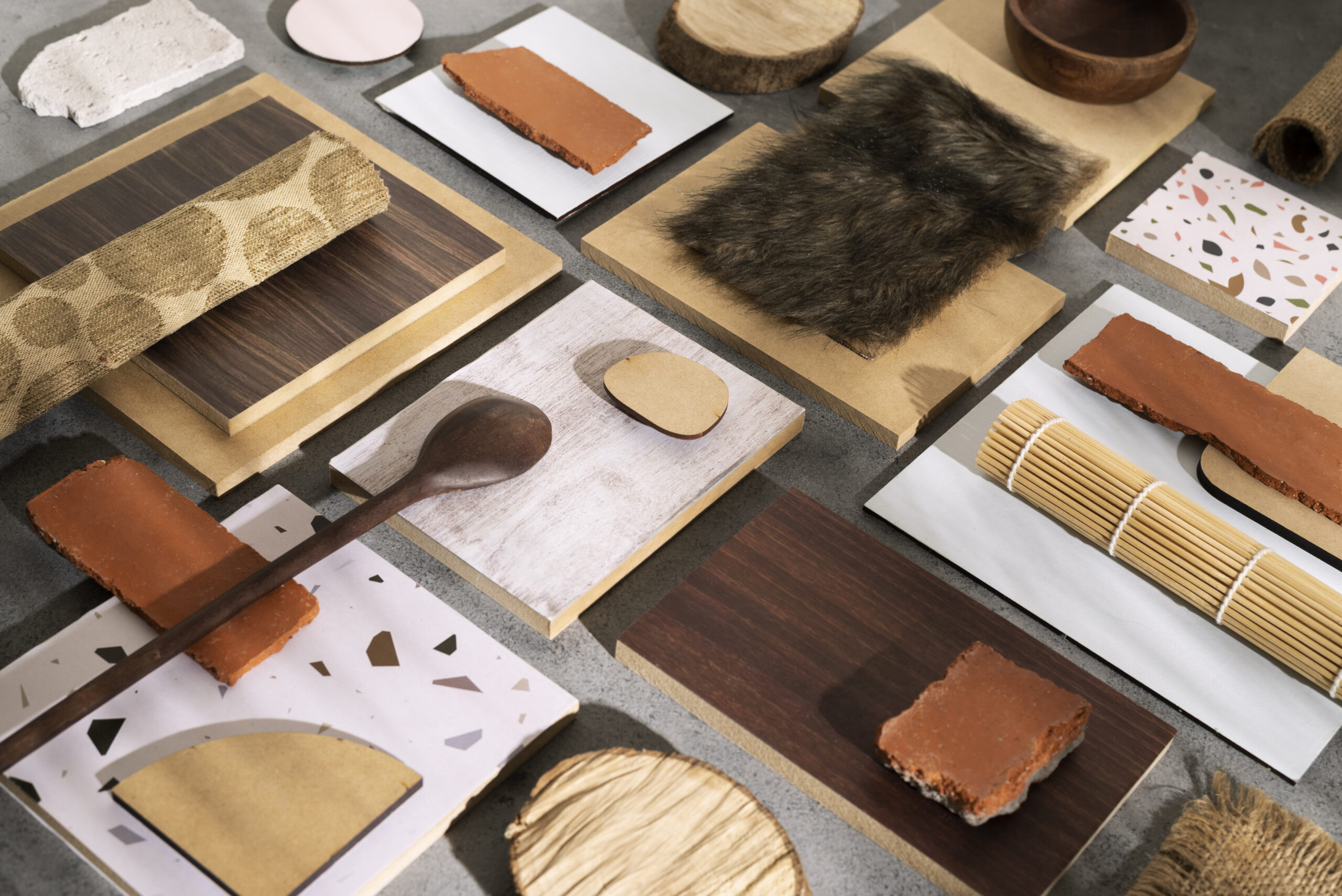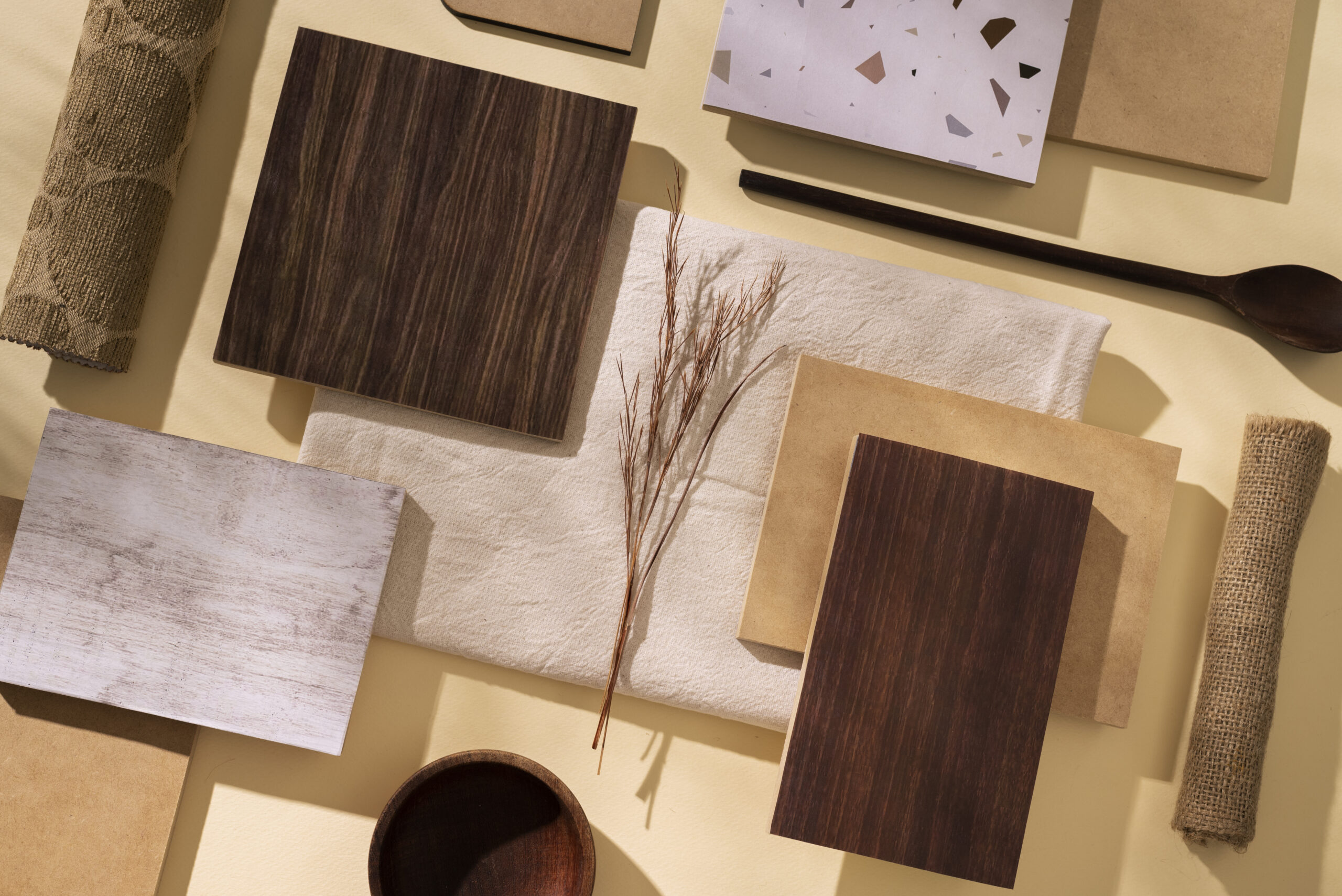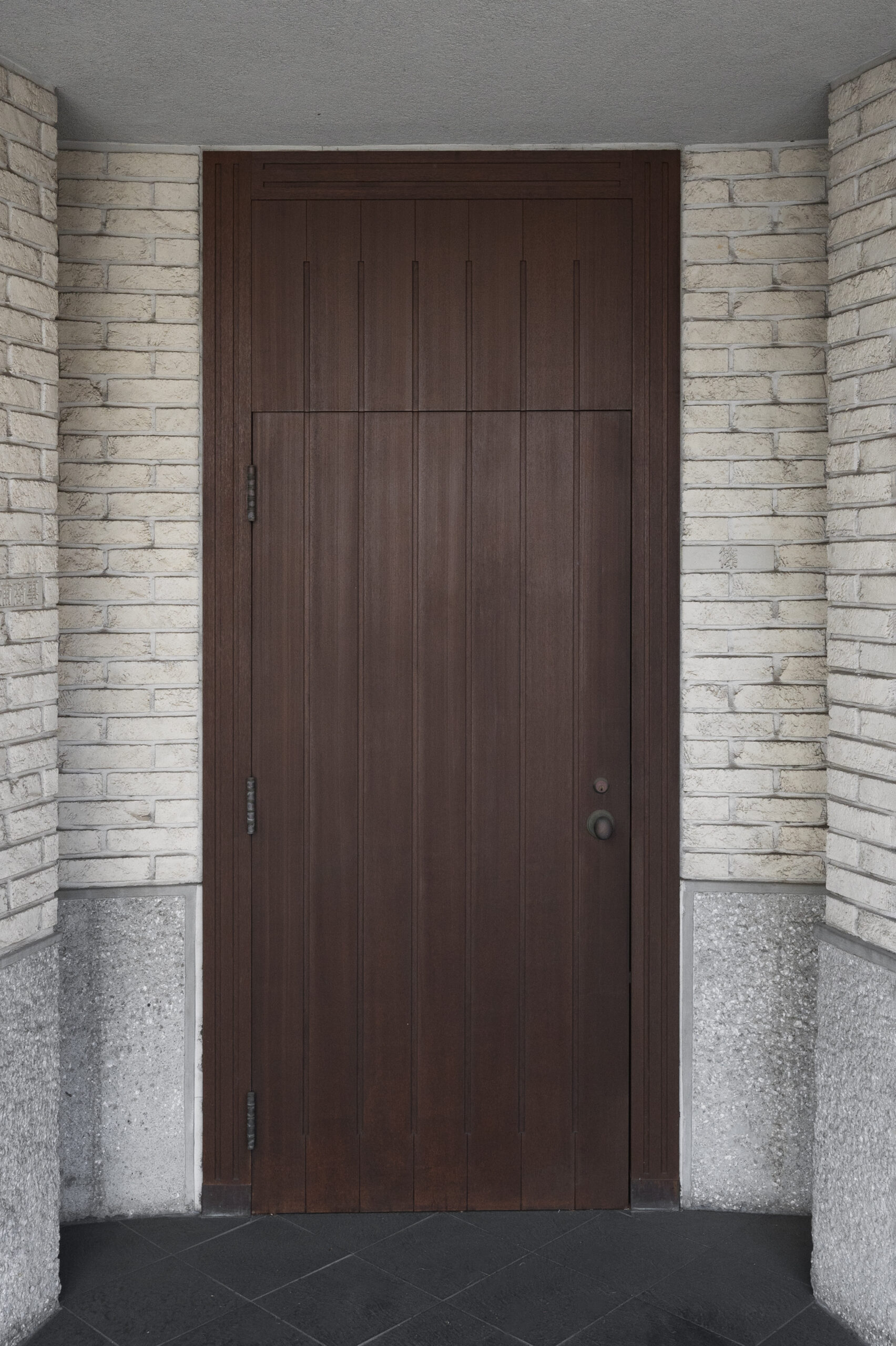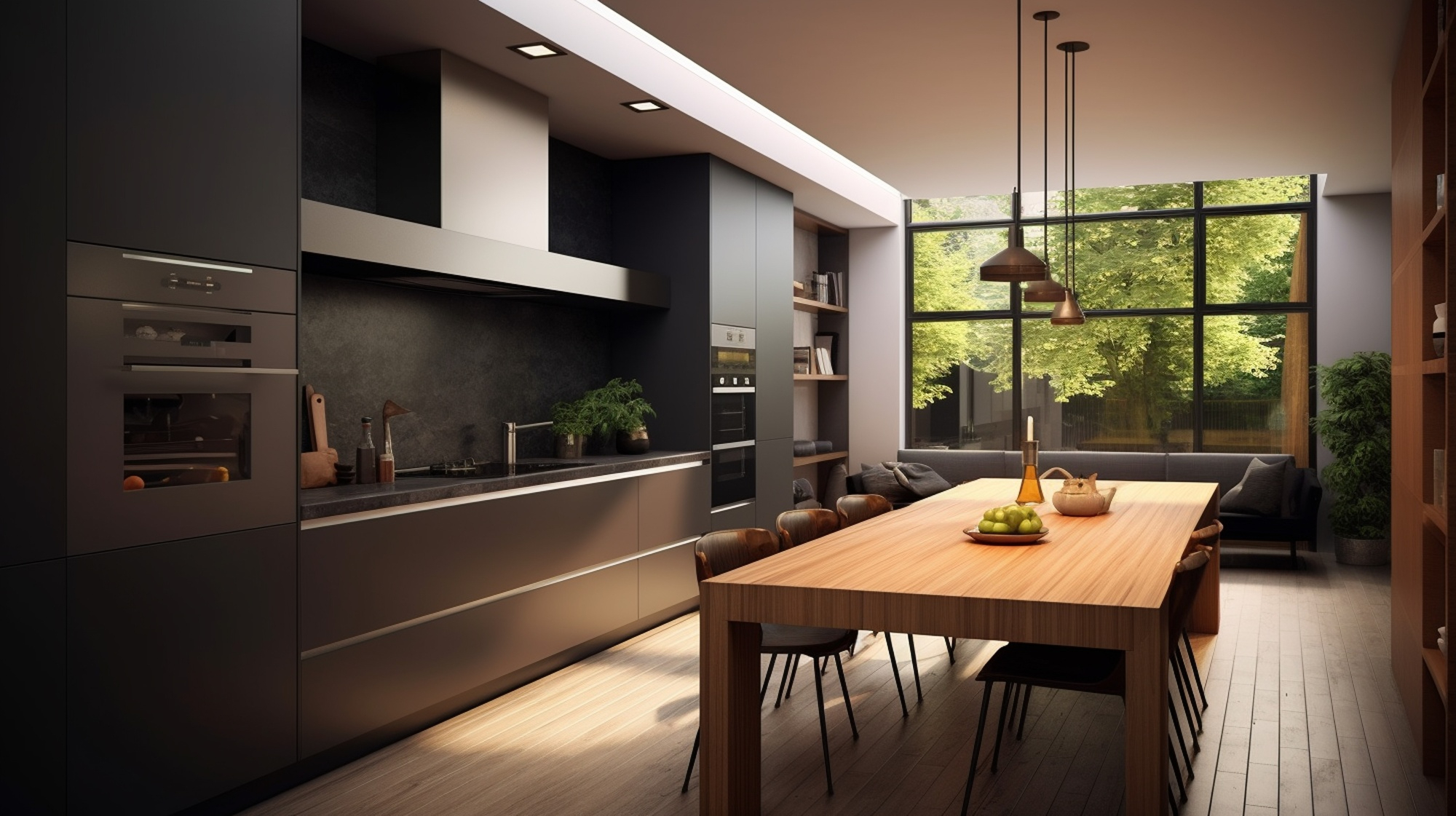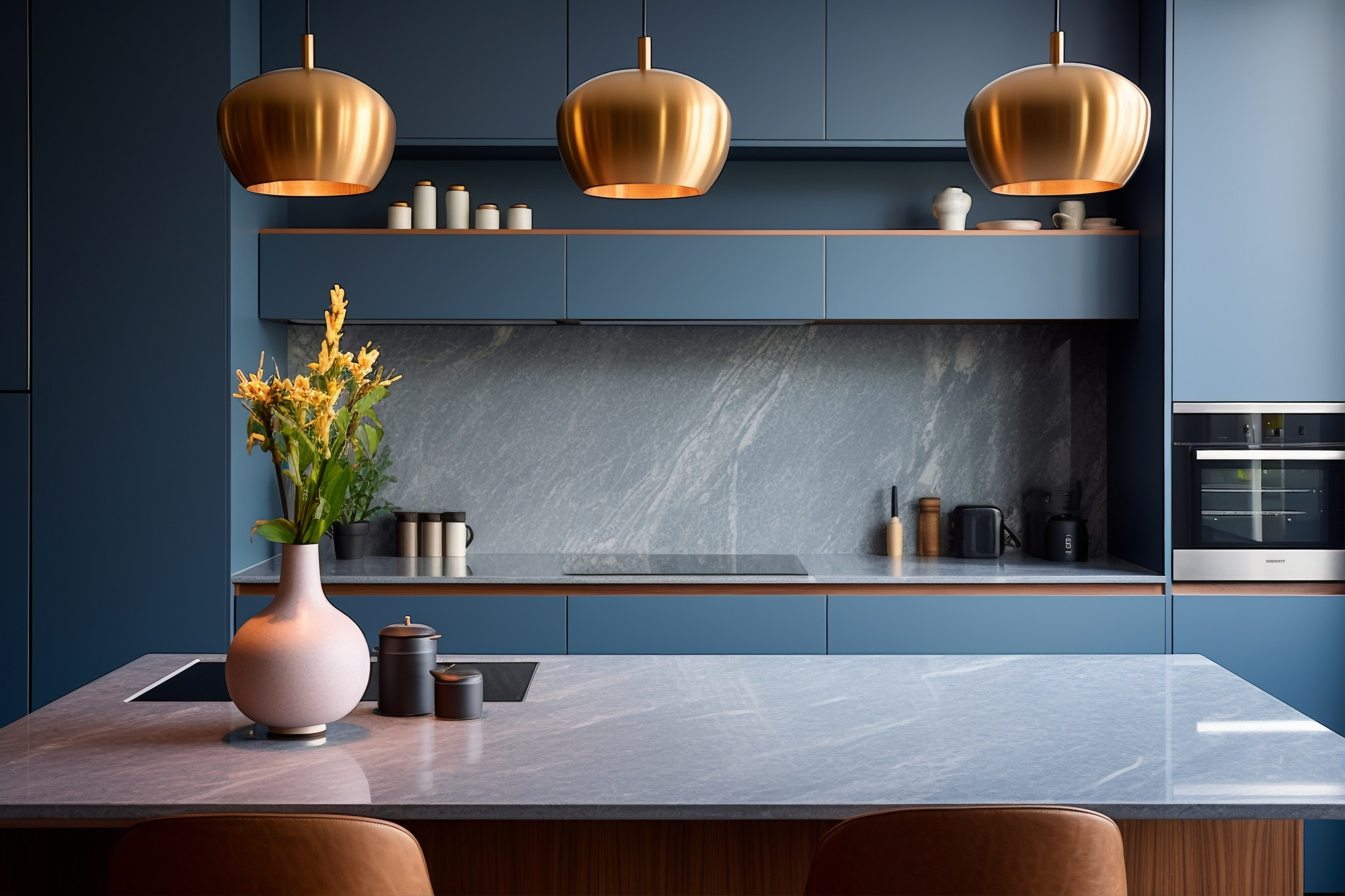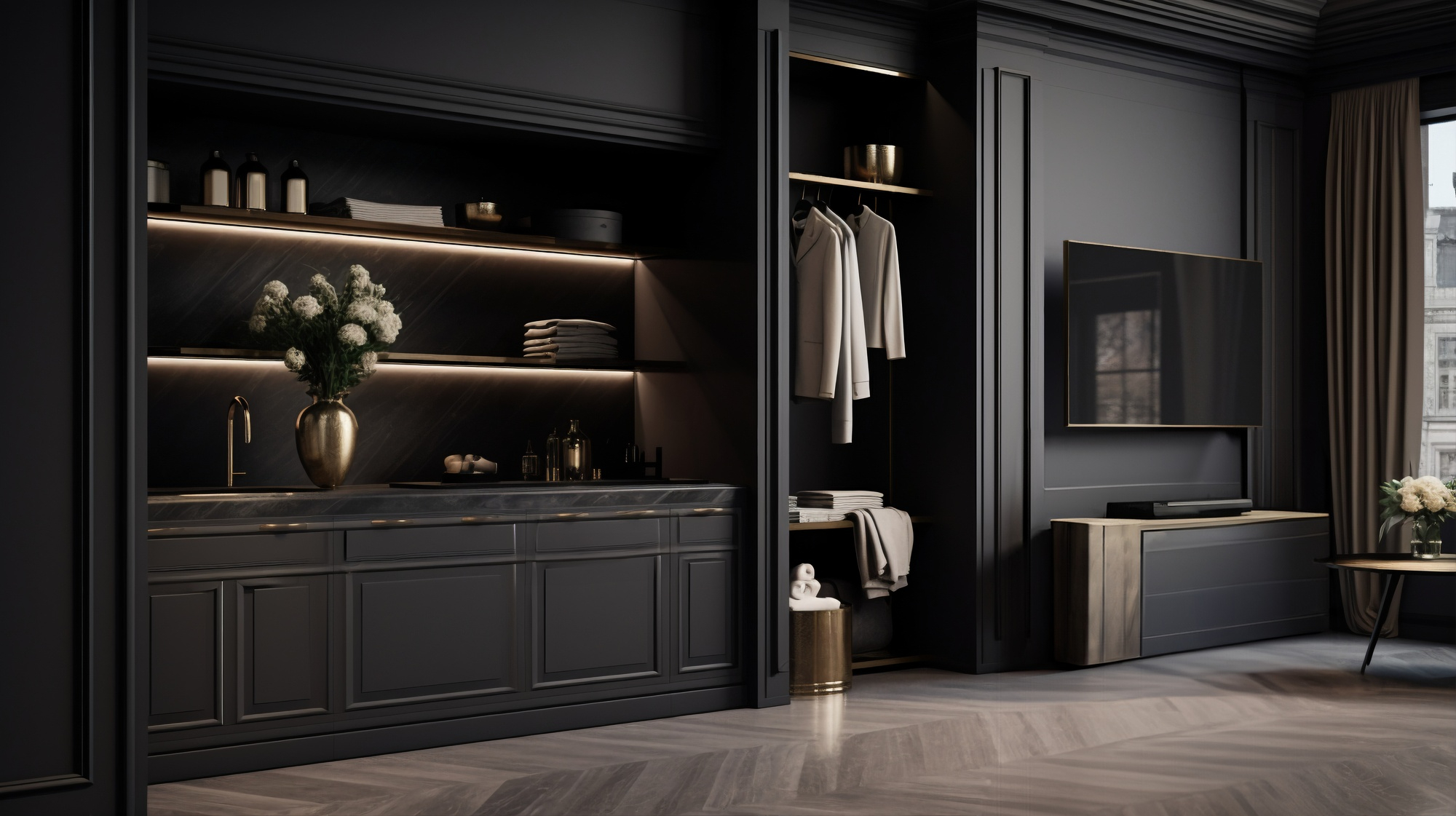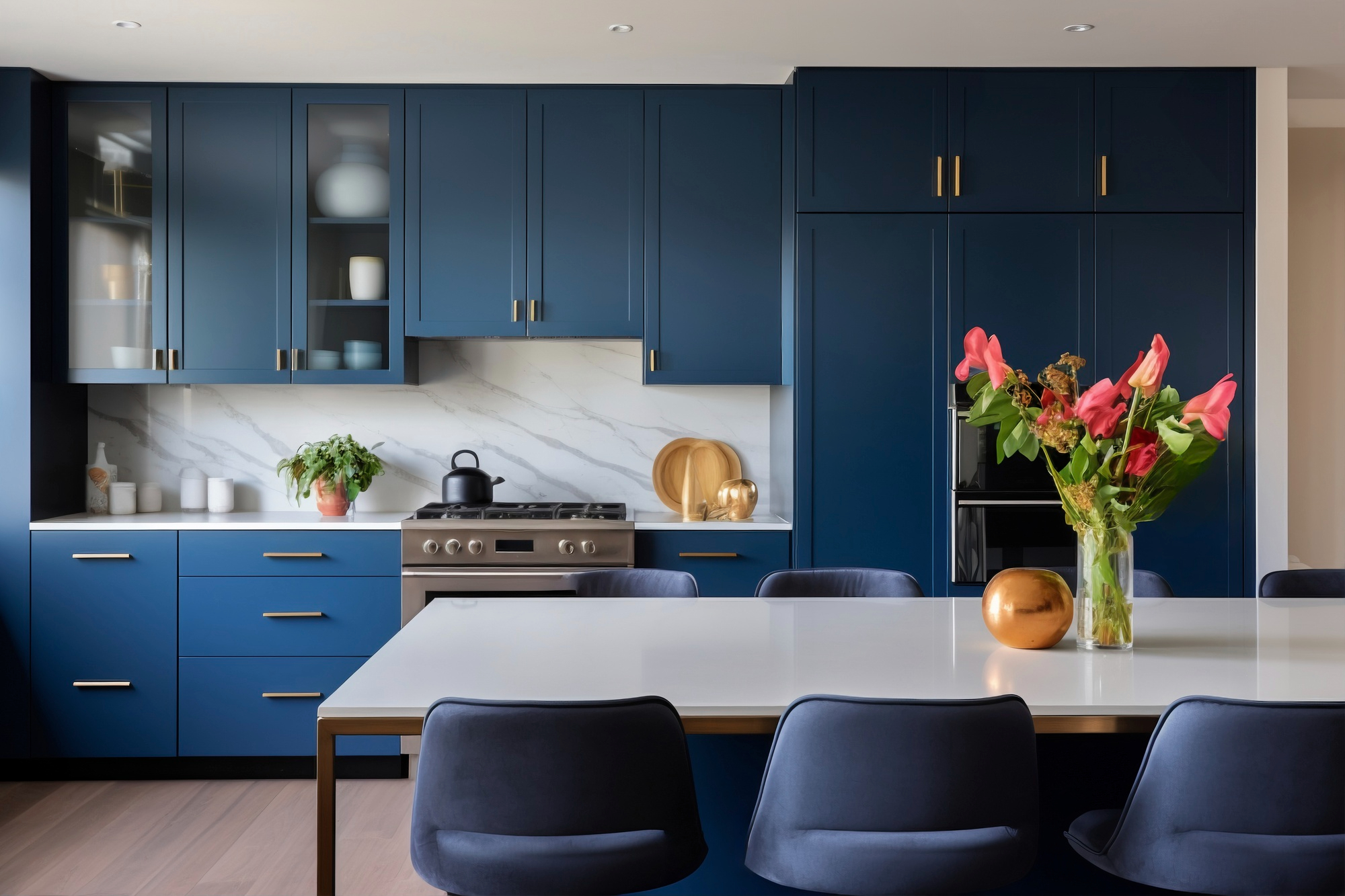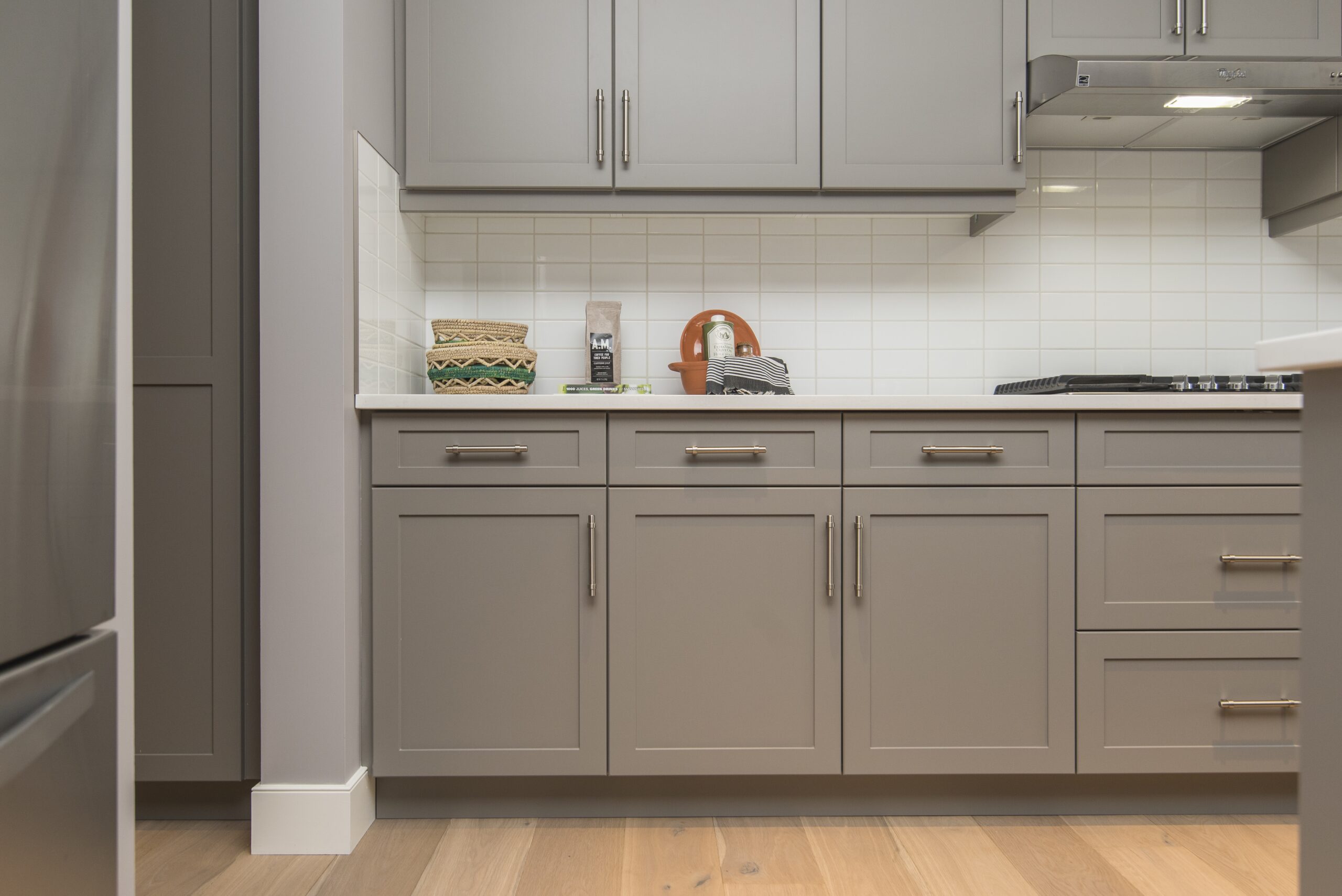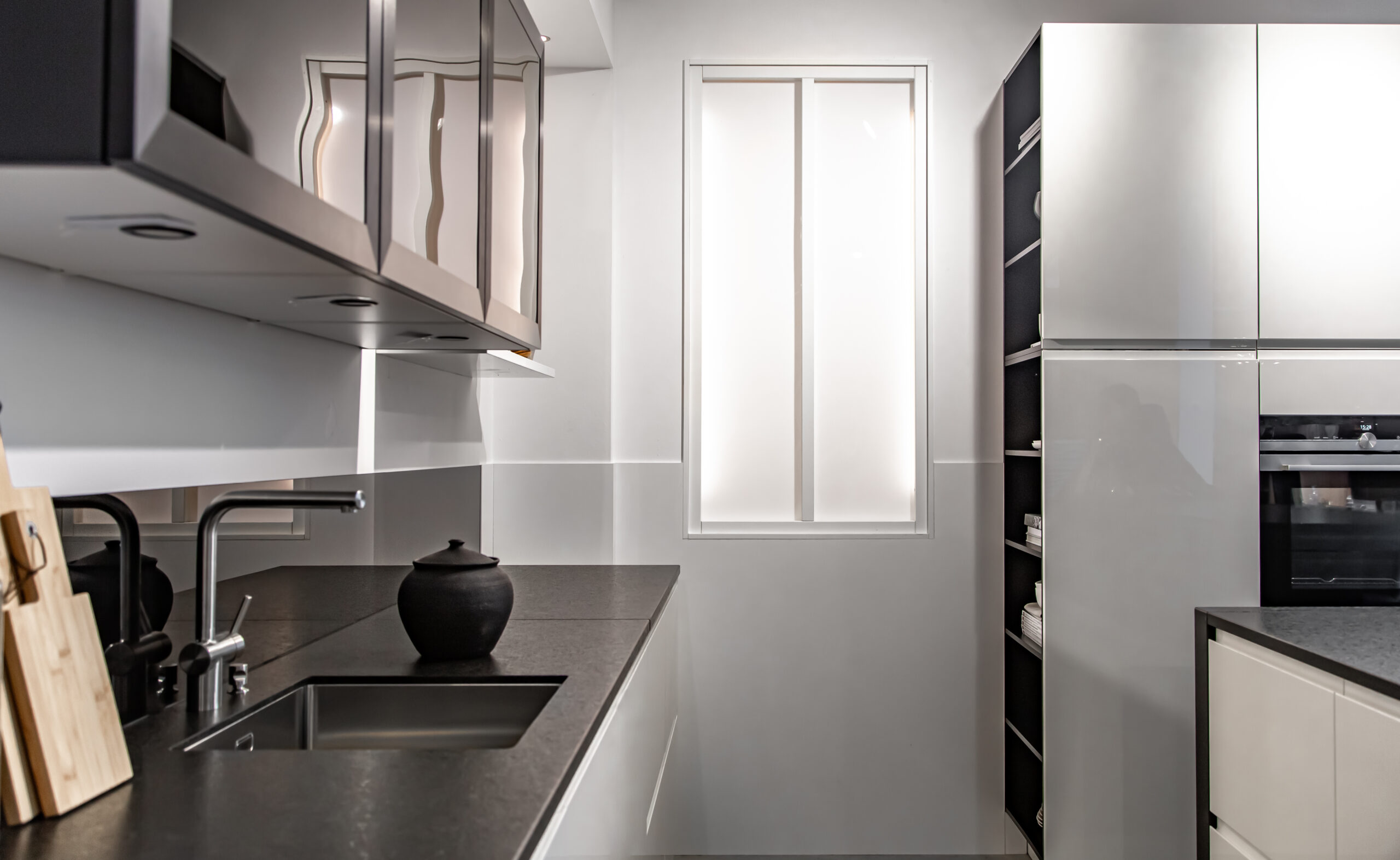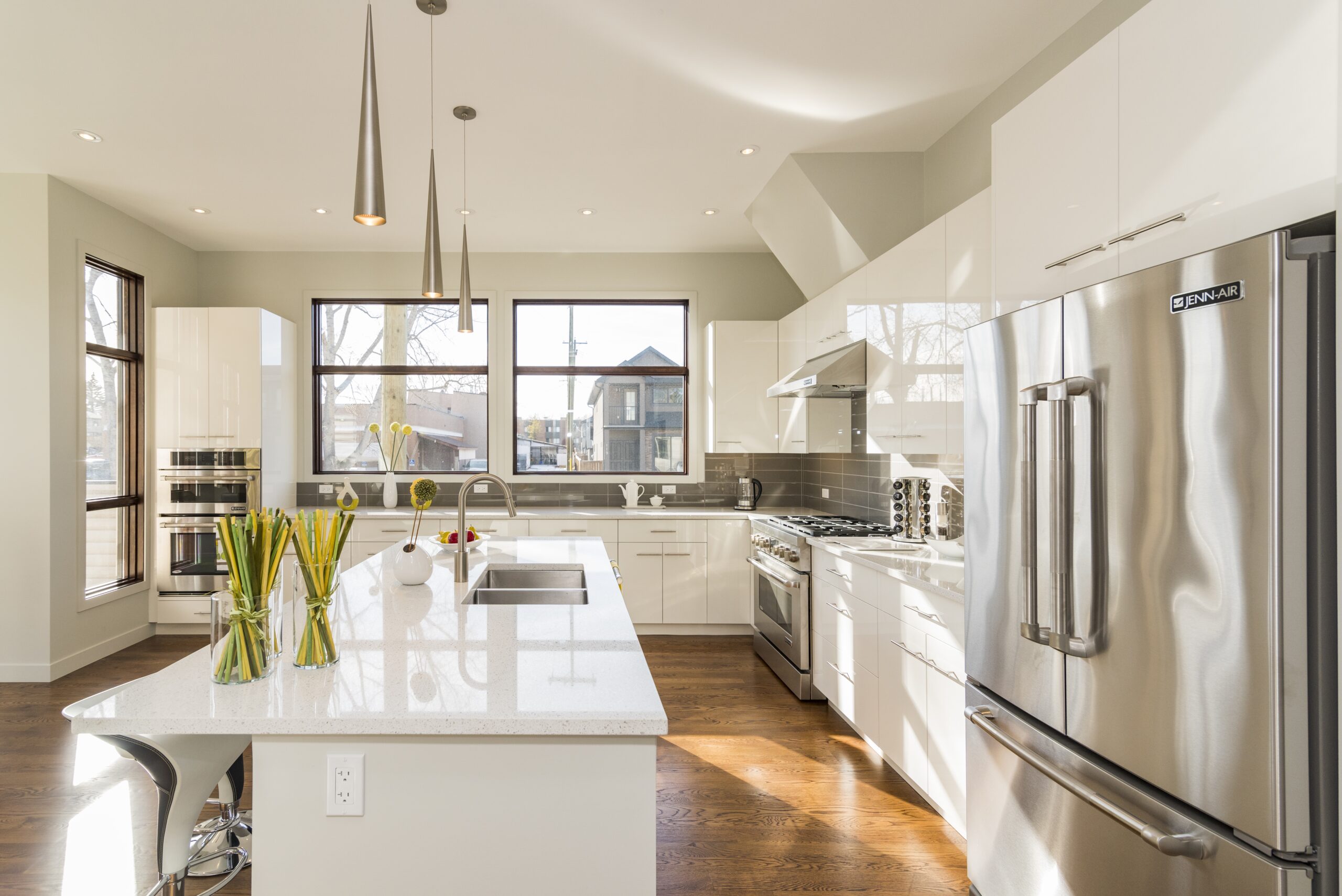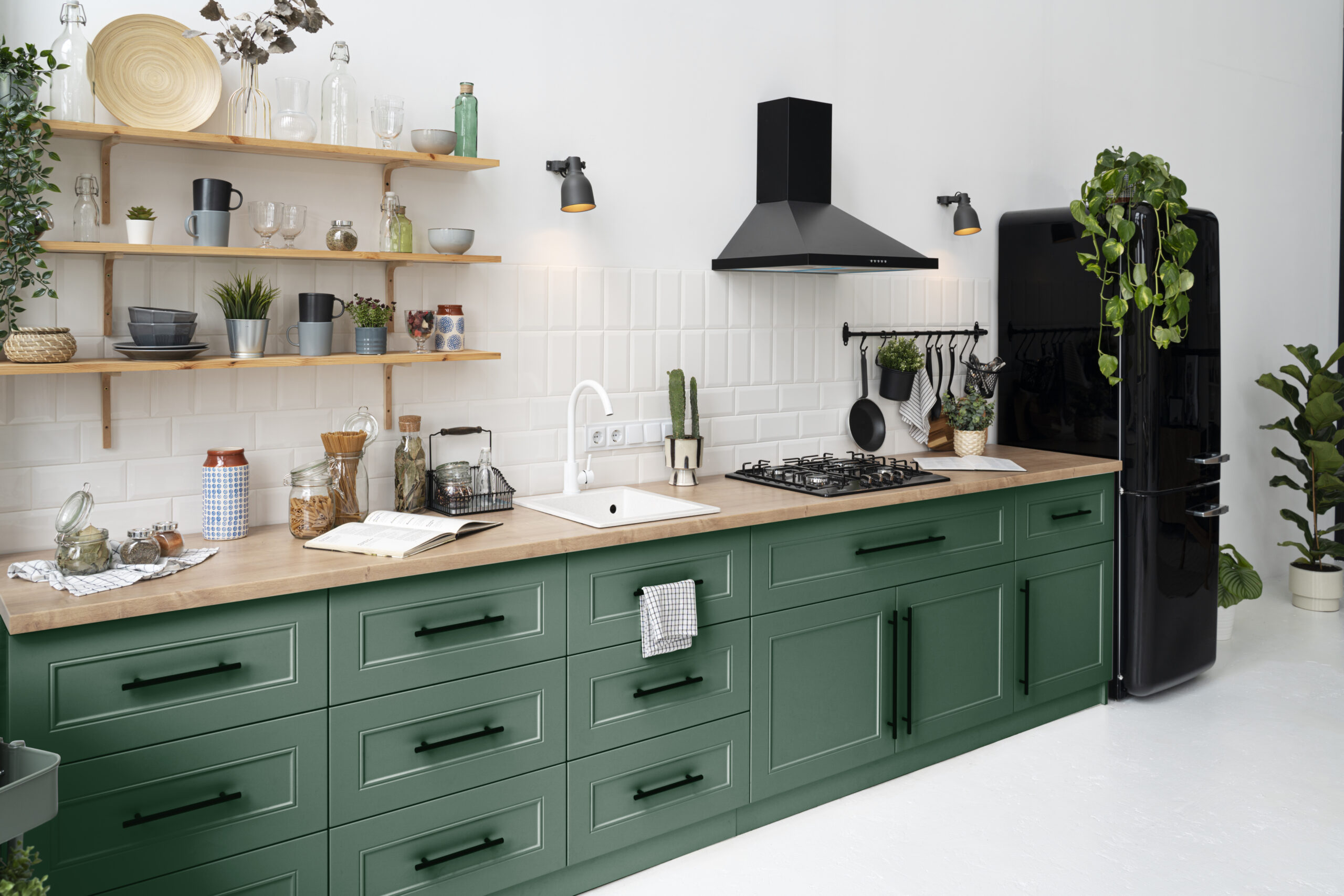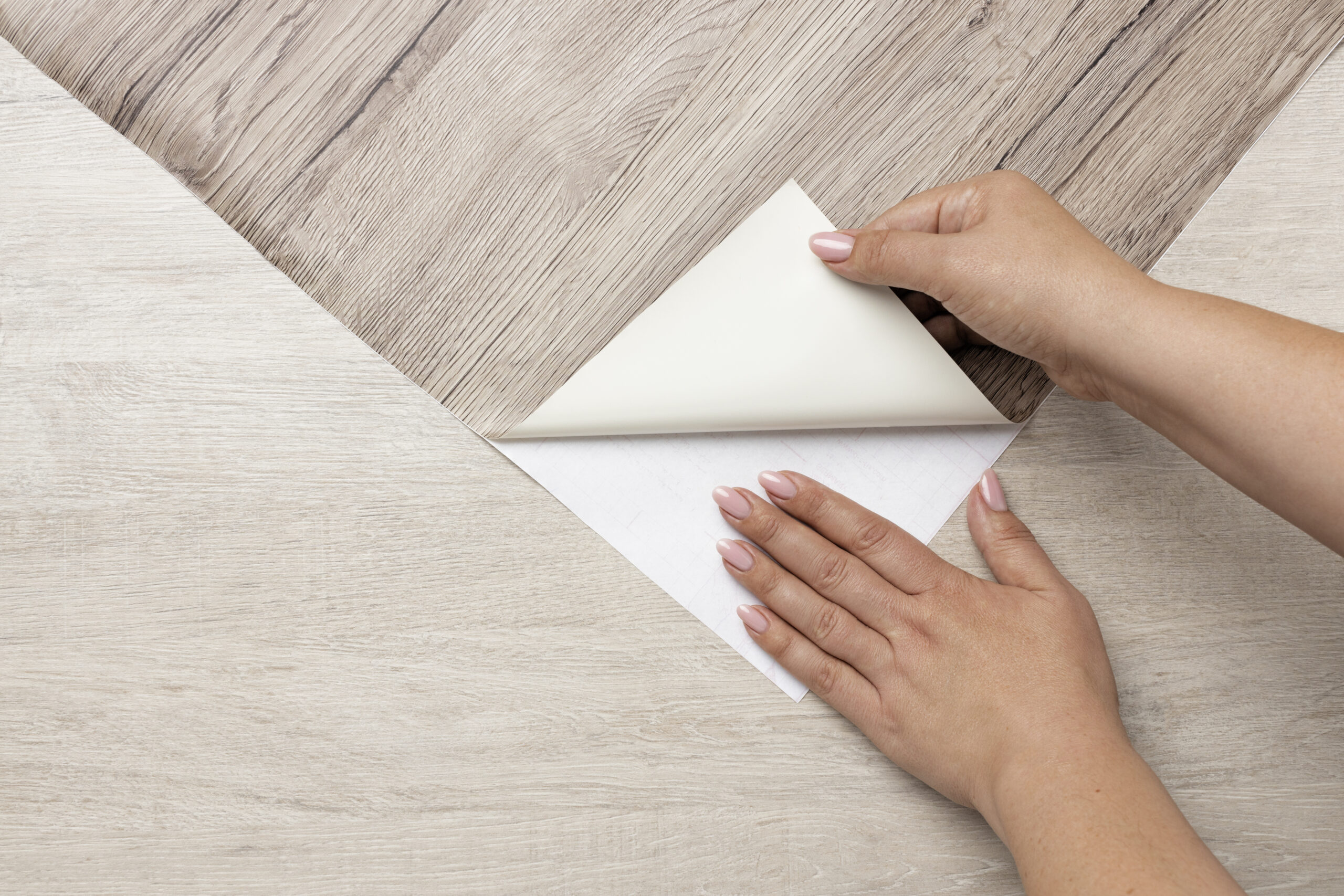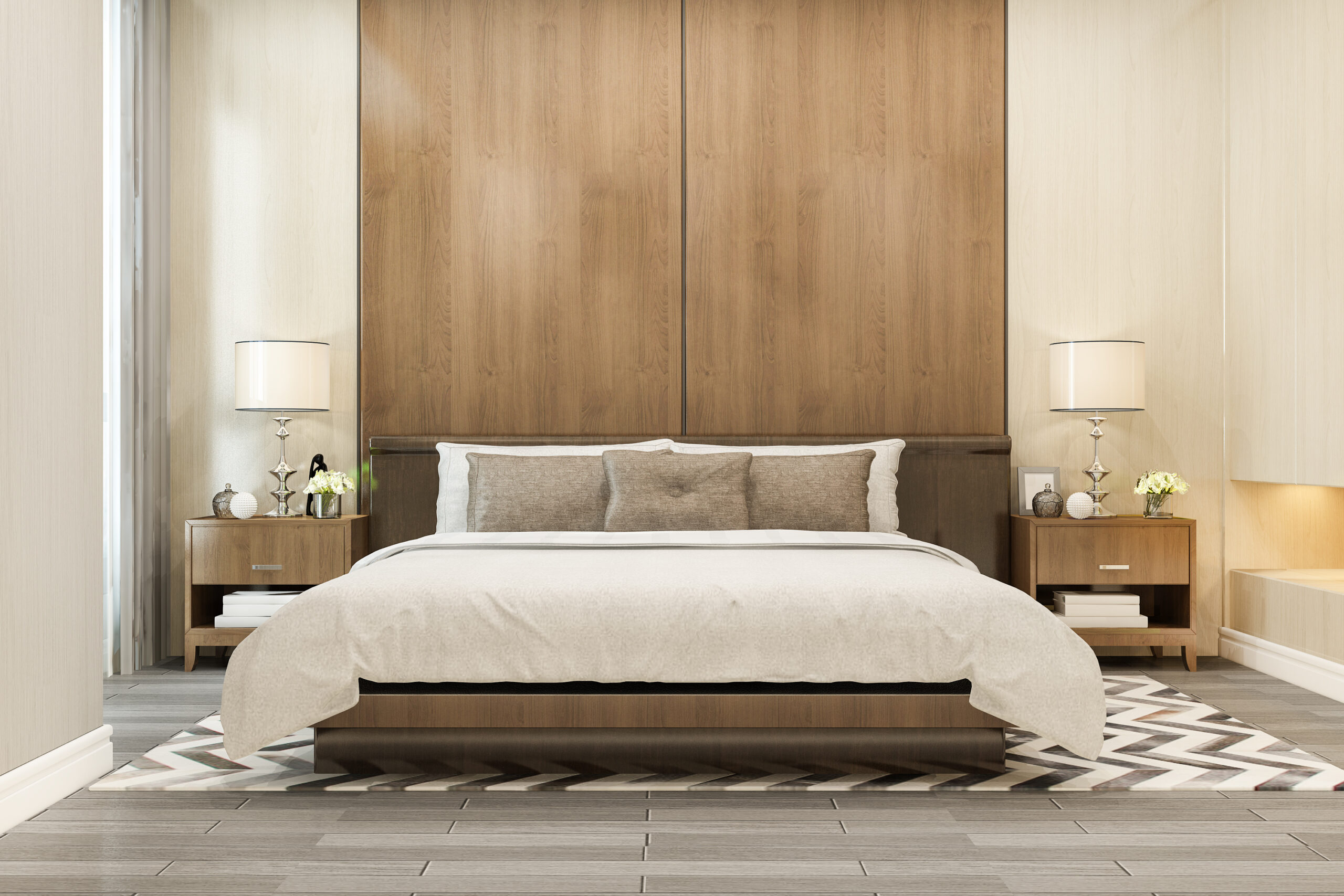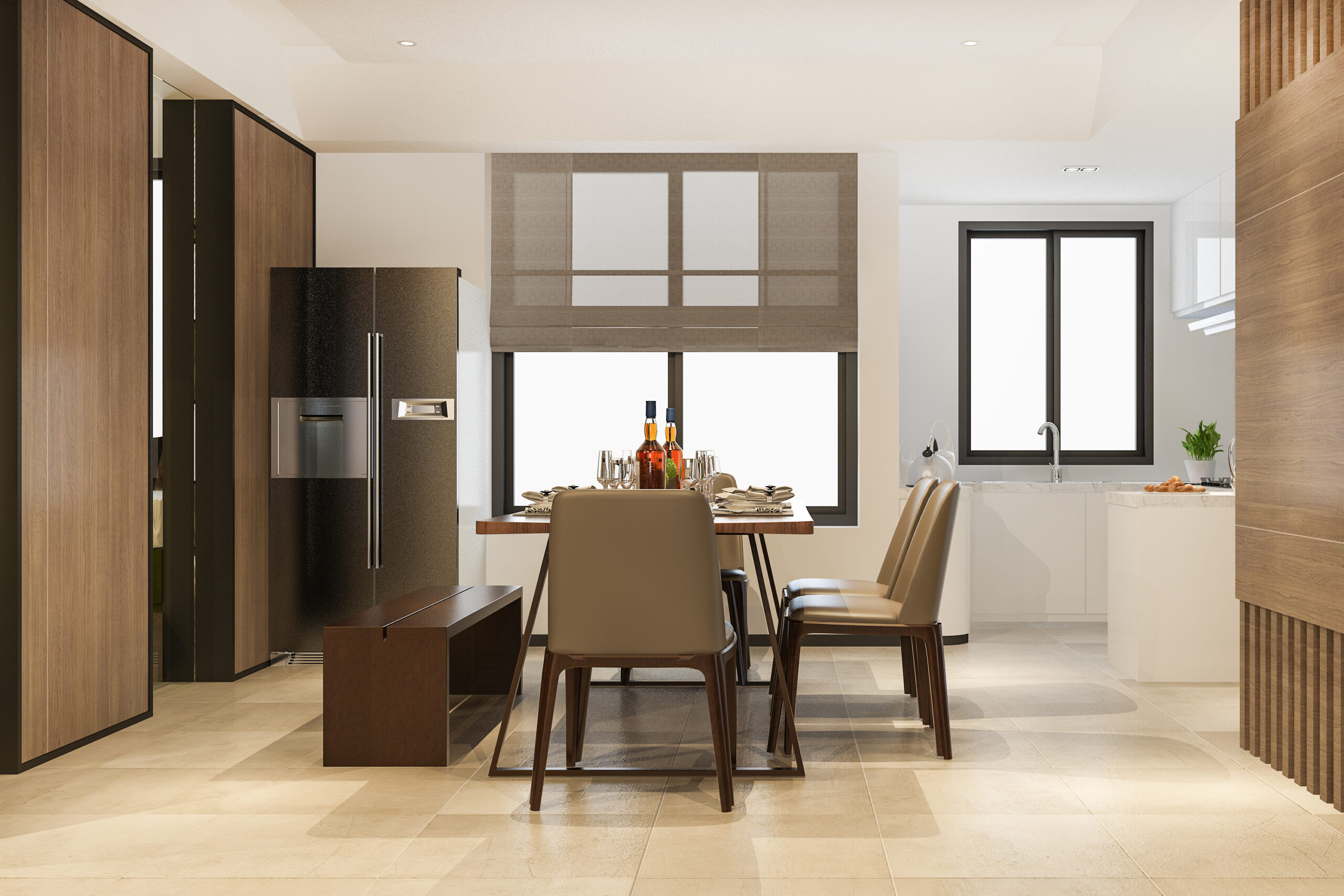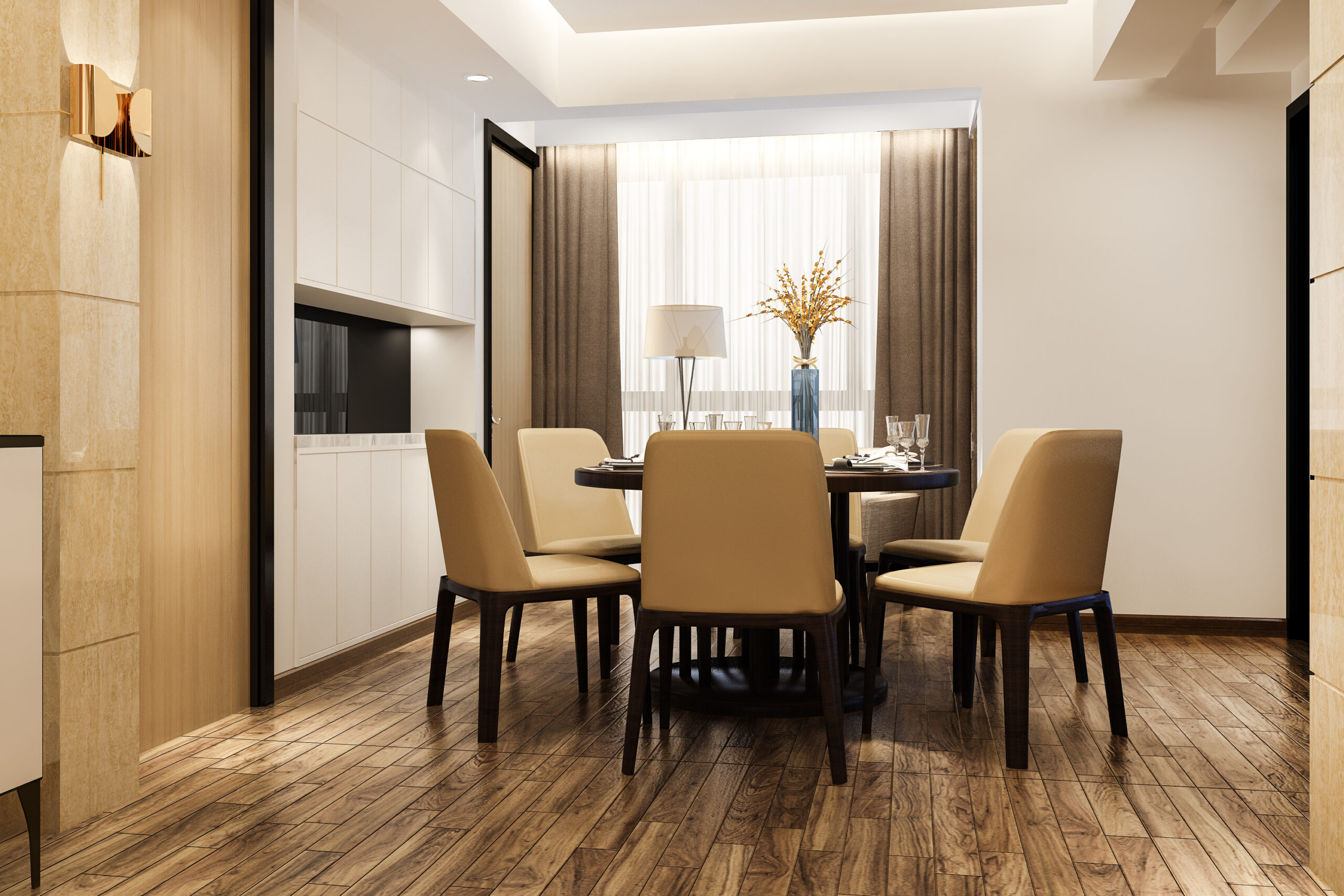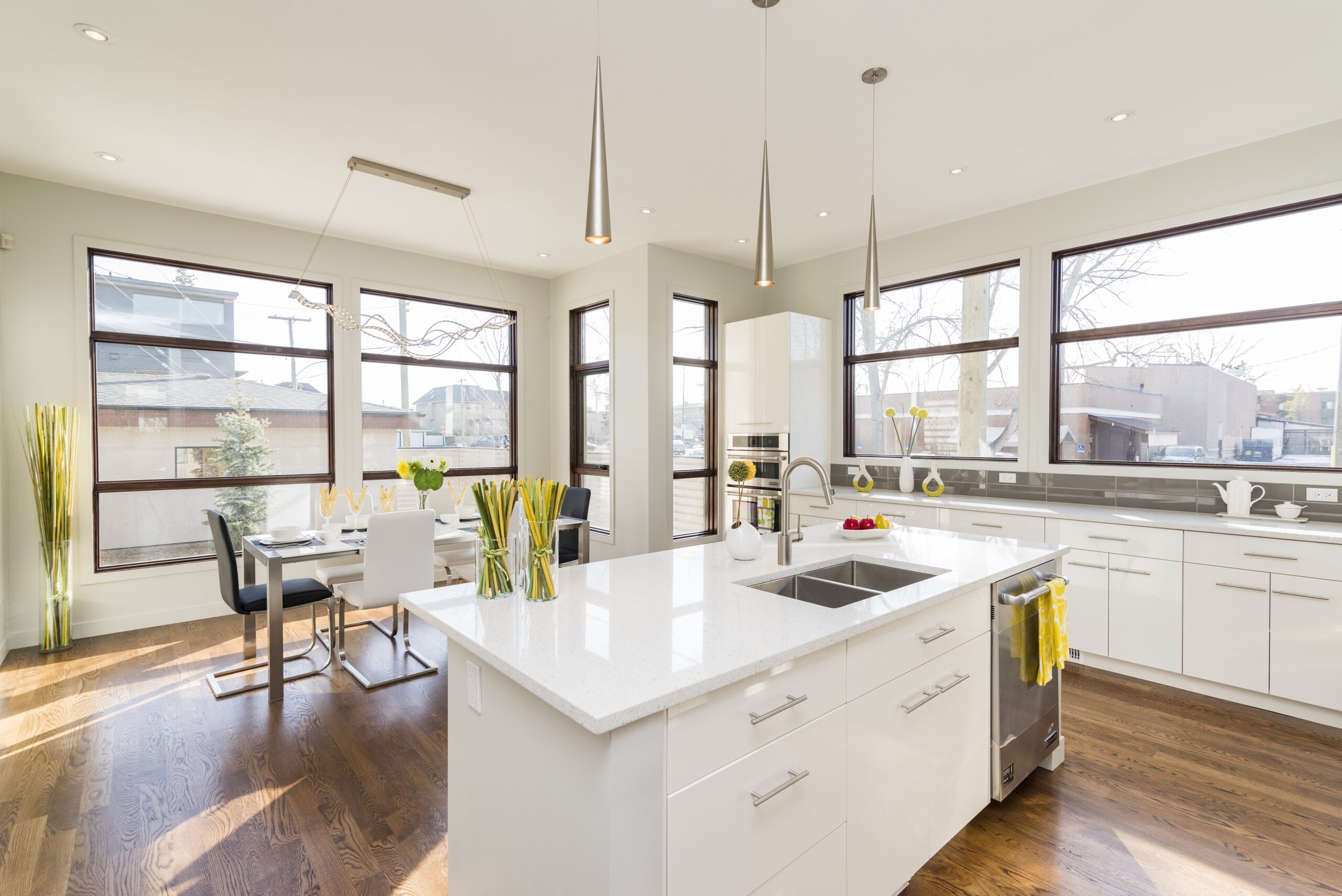Membrane Doors vs. Laminated Doors: What is the Difference?
Doors play an important role in interior design, as they serve a functional purpose and enhance the beauty of your house or office. When visitors come to your place, they first look at the main door of your house. By looking at the door, sometimes they visualize the interior of your house. Hence, the doors of your house should be appropriate from all perspectives, such as durability, versatility, and affordability, so that they fulfill both functional and aesthetic purposes. The two doors that are most widely available on the market are membrane doors and laminate doors. Knowing the distinctions between the two will help you make well-informed decisions about which doors fit your goals for durability, affordability, and design preferences. Advance Laminates is a well-known manufacturer of laminates that can provide you with the best quality of laminates with which you can add a touch of elegance to your space. In this blog, you will learn about the difference between membrane & laminated doors.
What are membrane doors?
Membrane doors are made up of PVC laminated sheets, which are applied over the high-density fiberboard core material to create a smooth and uniform surface. The amazing feature of membrane doors is their versatility in design. The PVC membrane comes in a wide range of finishes, from classic wood textures to modern high-gloss surfaces. If you are still confused and have a query in your mind about “what is membrane door, then the answer to this query is that membrane doors are the combination of HDF doors and solid flush doors, which makes them suitable for all types of interior styles, whether they are traditional homes or contemporary office spaces. Apart from their visual appeal, membrane doors offer a lot of benefits, especially since they are resistant to scratches, stains, and moisture. In this way, these are suitable for high-traffic areas like entrance doors or kitchen doors.
What are laminate doors?
If you want to install laminate doors in your home but don’t know what are laminate doors? Then, the answer to this query is that laminate doors are composed of a medium-density fiberboard (MDF) or particleboard core, which is covered with a decorative layer, typically made by fusing multiple layers of paper or resin. These doors are a versatile choice in modern interior design, and they offer aesthetic appeal as well as practicality. Laminate doors offer a wide range of designs, textures, patterns, and colors that allow homeowners to choose a door according to the interior of their house. These doors are renowned for their durability and low-maintenance nature. They are affordable, which makes these doors an attractive option for those who are looking to achieve a stylish interior on a reasonable budget.
Membrane vs. Laminate: The Composition
When we compare membrane doors vs. laminate doors, they both are two distinct materials and are known for their unique properties and applications. If you want to select the right material, then you must know its composition. A membrane made up of polyvinyl chloride (PVC) foil is applied to a medium-density fiberboard under high pressure. This surface can have a matte, glossy, or wooden texture. Whereas, laminates are composed of multiple layers of paper or resin covering the MDF particle board to give it a glossy and reflective texture.
Membrane Finish vs. Laminate: Aesthetics
The aesthetics of interior surfaces define the style of a space. When it comes to choosing between membrane finish and laminate for surfaces like furniture, cabinets, or countertops, it is essential to understand the difference between the two. Membrane finishes offer a sleek and seamless appearance. This surface has a smooth and uniform look, with no visible edges. These are popular in modern design schemes, where a clean aesthetic is paramount. Whereas laminate offers the natural beauty of wood, the elegance of stone, or the contemporary appeal of metallic finishes, laminates offer a versatility that caters to various design preferences. If you have to choose between membrane doors vs. laminate doors, then it depends on the interior style.
Membrane vs. Laminate: Lifespan
When you are choosing the doors for your home or office, it is crucial to consider the lifespan of the materials. Membrane doors offer a sleek appearance, but their lifespan is influenced by factors such as usage, exposure to external elements, and maintenance. A well-maintained membrane door has a lifespan of a considerable period, especially when installed in indoor environments with minimal exposure to harsh weather conditions. Whereas, the layering of laminate doors has strength and is resistant to scratches, moisture, and impact. If we compare membrane doors vs. laminate doors, the lifespan of laminate doors is longer than that of membrane doors due to their robust construction. Laminate doors are highly durable, and they are suitable for both interior and exterior applications.
Membrane vs. Laminate: Maintenance & Care
It is crucial to maintain the longevity and aesthetics of interior doors to preserve the overall appeal of a space. In terms of maintenance and care, there is no difference between membrane & laminated doors, both types of doors require maintenance and care. For the maintenance of membrane doors, regular cleaning with a mild detergent and water solution is sufficient to remove dust and surface stains. Laminate doors require a damp cloth or a mild cleaning solution to remove the dirt and smudges from the surface.
It is essential to avoid harsh chemicals on the surface of the membrane door.
Membrane vs. Laminate: Cost Comparison
The difference between membrane & laminated doors, in terms of cost, is that membrane doors are more costly than laminate doors. This is because the membrane is made up of PVC foil. Secondly, laminate doors are less expensive to install as compared to membrane doors.
Membrane vs. Laminate: Pros & Cons
Laminate doors and membrane doors advantages & disadvantages are as follows:
Pros of Laminate Doors:
- Durability: Laminate doors are known for their robustness and are resistant to scratches and dents due to their protective coating.
- Versatility: Laminate doors have an extensive range of designs, colors, and textures to suit various interior styles.
- Cost-Effectiveness: Laminate doors are a cost-effective solution for those who are seeking a trendy and stylish interior without compromising on style.
Cons of Laminate Doors:
- Limited Repair Options: Despite this, laminate doors offer durability, but damage to laminate doors can be challenging to repair and thus result in replacement.
- Susceptibility to Moisture: These doors are resistant to moisture, but prolonged exposure can lead to damage.
Pros of Membrane Doors:
- Smooth Finish: Membrane doors offer a sleek and smooth surface, providing a modern and polished look.
- Customization: These doors can be customized with a variety of designs, allowing homeowners to achieve a personalized aesthetic.
Cons of Membrane Doors:
- Vulnerability to Damage: Due to the thin membrane layer, these doors are susceptible to punctures or tears.
- Limited Repair Options: If laminate doors get damaged, repairing them can be challenging and often results in replacement.
Membrane vs. Laminate: Applications
In terms of application, the difference between membrane & laminated doors are as follows:
Membrane Doors: With their smooth and sleek finish, these doors add a touch of sophistication, making them suitable for spaces like bedrooms, living rooms, and offices. Customization options allow the integration of various colors and designs that align with the overall decor.
Laminate Doors: Laminate doors offer diverse design options and have become a popular choice for a range of applications. These doors can be installed in residential spaces such as bedrooms, kitchens, and bathrooms, as they are resistant to moisture and have durability. Additionally, these doors are cost-effective, so they are best suited in commercial settings like offices, hotels, and retail establishments.
Conclusion
In the membrane doors vs. laminate doors debate, both options have amazing features that cater to the unique needs and preferences of the customers. It depends on the customer’s choice, budget, interior style, and functional requirements of their space. Membrane doors provide a sleek and modern aesthetic with moisture resistance capability, whereas laminate doors offer various designs and durability. These doors are well-suited for areas that are prone to scratches. If you are planning to renovate your home, then contact Advance Laminates, as we are the top provider of laminates that best align with your vision for a stylish and functional interior.
If you want to know more about laminates, then watch this video.
https://www.youtube.com/watch?v=mkmlRdCCuak
FAQs
1. Is membrane door good or bad?
In the realm of interior design, membrane doors are good, as they offer both aesthetics and functionality. If you want to know more about what is membrane door then these doors are composed of PVC laminated sheets that are applied to the high-density fiberboard core material to create a smooth surface. The polyvinyl chloride membrane is placed on top, providing long-term assurance against shrinking, swelling, or breaking. Compared to wood doors, membrane doors are more durable and offer better moisture resistance.
2. What are the disadvantages of membrane doors?
There are various membrane doors advantages & disadvantages but the major disadvantage is that they offer limited repair possibilities because the surface material of a membrane door is attached to the underlying substrate, so repairs may be challenging. Secondly, wood doors offer a greater degree of customization than membrane doors, despite the fact that membrane doors have a wide range of designs.
3. Are membrane doors more expensive than laminated doors?
Generally, PVC or synthetic rolls are used to make membrane doors, and PVC comes in a variety of textures, such as glossy, matte, and even wooden. Then PVC is pasted over the exterior grade of MDF boards. Whereas, laminates are pieces of flat paper that are put together to give a new look to your space. If you compare membrane doors vs. laminate doors, then PVC, or polyvinyl chloride, is more expensive than normal laminate sheets.
4. Are membrane & laminated doors environmentally friendly?
In terms of environmentally friendly nature, there is no difference between membrane & laminated doors, both types of doors share a commitment to environmental sustainability. These doors, characterized by their sleek finishes and diverse designs, contribute to eco-friendly living in distinct ways. Both types of doors represent a harmonious blend of style, functionality, and sustainability, making them a compelling choice for those seeking to create spaces that are both visually appealing and environmentally responsible.
5. Which type of door is better for high-moisture areas like bathrooms?
When it comes to selecting doors for high-moisture areas like bathrooms, the choice is between membrane doors vs. laminate doors. Membrane doors are the preferred option due to their superior resistance to moisture-related issues. They not only withstand the challenges posed by bathroom environments but also maintain their aesthetic appeal and functionality over the long term.

